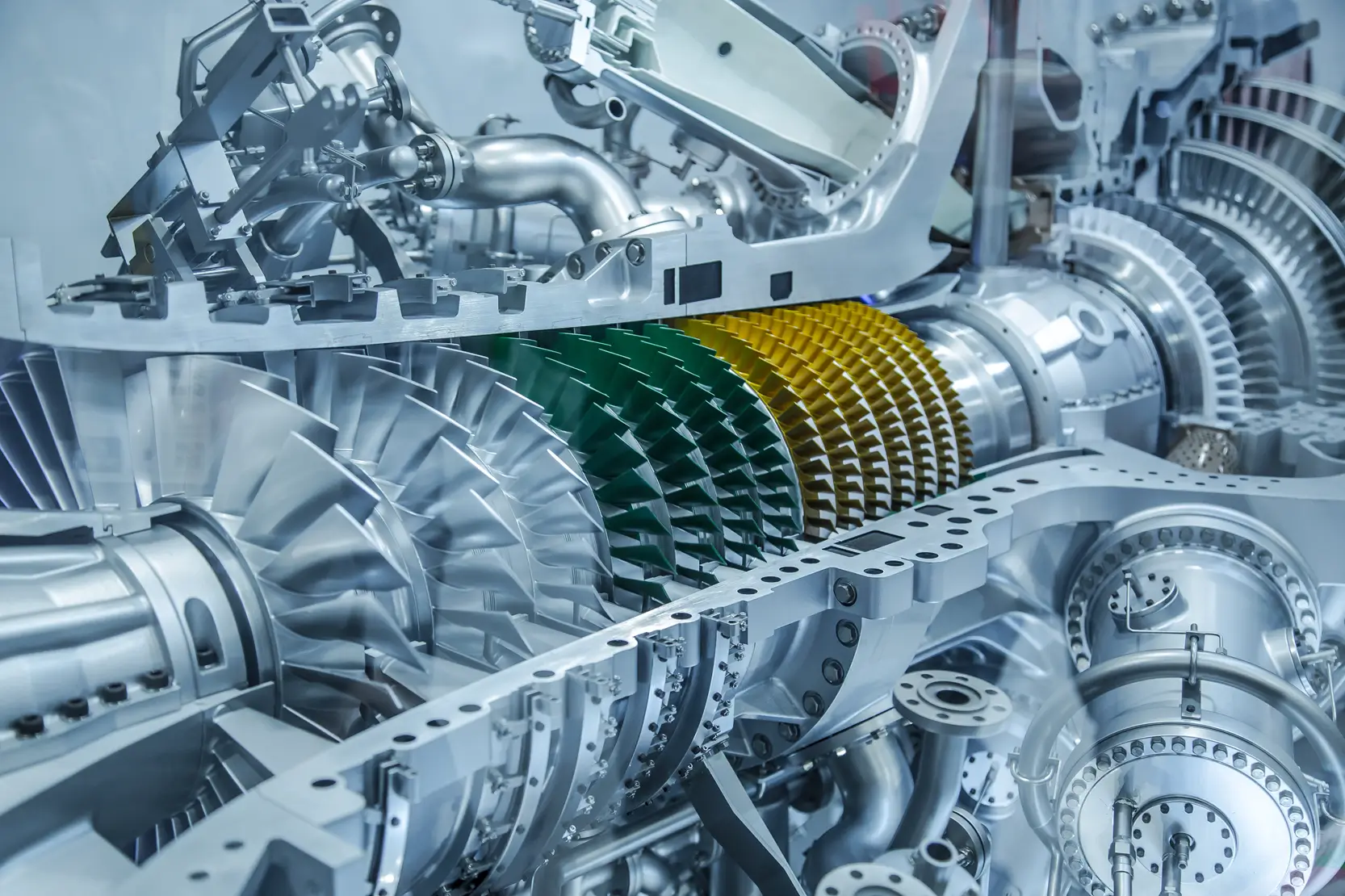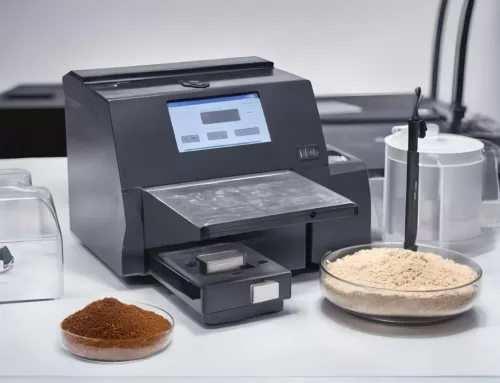
The aerospace industry is a broad sector that includes the design, development, testing, and manufacturing of flight vehicles such as spacecraft, satellites, uncrewed aerial vehicles, unpowered gliders, weather balloons, defense, and civilian aircraft, and related aerospace systems and technologies for both Earth and space-bound applications such as radar, guidance systems, deep space tracking, and surveillance system, space rocket propulsion systems, and specialized aerospace composite materials to name a few.
The aerospace industry is a global endeavor, encompassing a multitude of organizations and companies, operating in different countries all over the world with their diverse individual specialties and skill sets. Major industry players include Boeing, Airbus, Planet, Lockheed Martin, Slingshot Aerospace, Northrop Grumman, ESA, and many other companies and research organizations. Their combined push for innovation and technological improvements towards more advanced technology gets us closer and closer to eventually populating our solar system.
Space age
The struggle between capitalism and communism in the 1960s cold war was in part a battle between nations. After a few decades of minor activity and a few disasters. Then starting in the 21st century a new space race unfolded between private corporations and government institutions for technological dominance and market share. Private and institutional investments made in the 21st century exceed those of the first space age. In the past decade, investments have far exceeded 100 billion USD in research and development, from private and institutional investments. Presently 70% of all orbital space activity is dominated by satellites. However, there are emerging markets on the rise.
New technologies and development have catapulted us into this new era, where even space tourism, logistics, and asteroid mining play key roles in our curiosity about space exploration and utilization. Research in space exploration enhances the drive to invest in technological advancements, global environmental considerations, and the continued sustainability of our planet. Implementation of nanoparticles in the aerospace and space exploration industries, holds great promise and will surely lead to significant advances in the respected fields, siphoning down into other sectors and eventually the consumer market.
Some notable innovations include electric propulsion systems used to pressurize ionized gas particles to generate thrust. Another innovative technology uses the pressure of sunlight to thrust a spacecraft or satellite through space with lightweight solar sails. Solar sails can be used for long deep space missions because they do not require fuel. Other propulsion systems under development using particle sciences are antimatter and nuclear propulsion systems, however, they still require ironing out and solving safety concerns.
Nanoparticle-related technologies
Nanoparticles are microscopic particles that measure less than 100 nanometers. These microscopic particles have unique chemical properties and physical dimensions that make them extremely desirable and useful, which can be implemented in a variety of applications. In recent years the aerospace industry has been focused on how to use nanoparticles in a number of different areas such as the development of new and more efficient rocket engines, rocket fuels, satellite development technologies, solar sails, enhancing and implementing spacecraft composite materials like nanocarbon foams and more. With the desire to explore and understand the world and the vastness of space and planets around us. The rapidly evolving field of nanoparticle technology plays a critical role in the aerospace industry in achieving those goals.
Several companies have been exploring the use of nanoparticles in the development of different composite materials for spacecraft, that can withstand the harsh space environment. For example, by adding nanoparticles to the composite materials used in the construction of spacecraft, it is possible to improve their durability, giving them increased strength, and resistance to wear and tear regarding launches and re-entry.
Materials and coatings
Nanoparticle coatings can reduce friction and wear on aerial vehicle surfaces, such as wings and engine parts, and protect against cosmic radiation, space debris, and the overall space environment during long journeys and space exploration. Nano coatings and materials will play a key role in mission success by improving spacecraft efficiency through weight reduction, reduced friction, and wear on mechanical as well as structural components enhancing structural strength and durability.
In addition, nanoparticles have the potential to revolutionize space tourism and exploration by developing new nanoparticle formulations that can withstand high temperatures, speeds, pressures, and extreme cold in deep space, providing enhanced insulation, improved thermal conductivity, and protective shielding from radiation exposure during space launch and travel. Nanoparticle technology can also be used to manufacture radiation-resistant nanomaterials for use in space habitats on Mars. Finally, nanoparticles can be used to create highly accurate, sensitive sensors to monitor the structural integrity of spacecraft and other aerospace vehicles. Nanoparticle development in semiconductors, high-density power supplies, sensors, and other electronic devices can also be used to monitor material integrity, microfractures, temperature fluctuations, and overall equipment operations and their operational parameters in aerospace applications.
In summary
In the coming years, the material structures, propulsion systems, fuels, performance, efficiency, and reliability of spacecraft and other aerospace vehicles will make great strides through the use of nanoparticle technology in these advancing industries. Nanoparticle technology has the potential to significantly innovate and revolutionize how we manufacture materials, formulate fuels, and create other chemicals. These advancements can be directly correlated to ongoing nanoparticle technology development. While there are still many challenges to overcome in the development and use of nanoparticles in aerospace and other industries, ongoing research, powder advancements, and developments in nanoparticle technologies will likely lead to significant changes in industries and the global consumer market.




